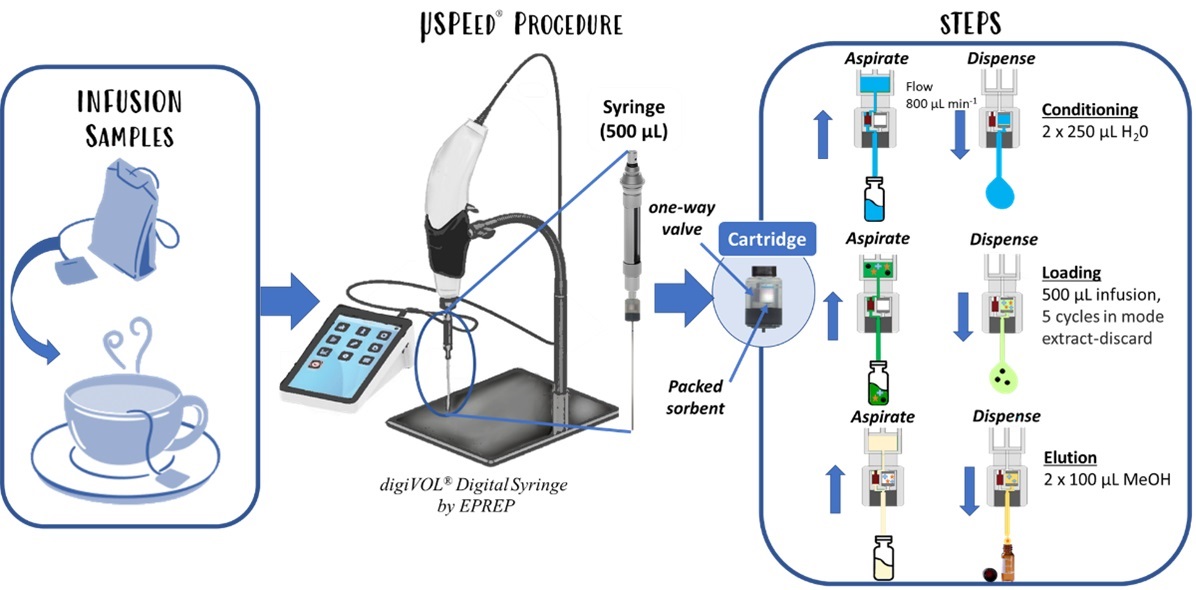A research team from the URJC, in collaboration with the University of Madeira and an Australian company, evaluates the safety of infusions of herbs and flowers.
In recent years, the consumption of teas and infusions of herbs and flowers has increased significantly among the population. This fact can be attributed to the healthy properties attributed to these products, mainly thanks to the presence of bioactive compounds with antioxidant or anti-inflammatory properties, among others. However, the consumption of this type of infusion is not without risk, given that on some occasions significant amounts of some toxic substances can be found, such as tropane and pyrrolizidine alkaloids, naturally present in these plants. Thus, recent reports published by the European Food Safety Authority (EFSA) have highlighted the concern about the presence of these natural toxins in the food we usually consume. In addition, recent regulations on the maximum permitted levels of tropanic alkaloids and pyrrolizidines have been published in this regard by the European Commission.
To advance in the analysis of alkaloids in food, URJC professor Isabel Sierra points out that "the application of micropreparative techniques has been very useful, since it has allowed the development of very fast, simple and environmentally friendly methods." As a result of this work, the Research Group in Analytical Chemistry applied to the environment, food and drugs (GQAA-MAF) of the URJC has confirmed the presence of significant levels of alkaloids such as atropine and scopolamine, which exceeded the maximum limits legislated in especially mint and green tea infusions, as well as different pyrrolizidine alkaloids in calendula, hibiscus and mallow infusions.
One of the reasons why these impurities can be found in infusions is due to the fact that alkaloid-producing plants such as jimsonweed, mandrake, belladonna, borage, senecio or viborera usually grow as weeds among the plant crops used for the preparation. of these drinks (mint, chamomile, linden, etc.). "The problem is that, if the levels of contamination are high, significant acute intoxication and long-term chronic toxicity can occur, which can mainly affect the large consumers of this type of product," underlines Dr. Sierra .
To control these toxins, the research team has resorted to the new µSPEed (solid phase microextraction) technique, which has allowed, with the minimum use of solvents (in the order of microliters) and time (one minute), to obtain results with a adequate precision, accuracy and sensitivity. These works, developed in collaboration with researchers from the University of Madeira and the Australian company E-PREP, have recently been published in the journals Food ChemistryFood ChemistryFood Chemistry y Journal of Agricultural and Food Chemistry. These investigations are part of the work carried out within the framework of the EVALKALIM project, led by Dr. Sierra.

Writing: Irene Vega